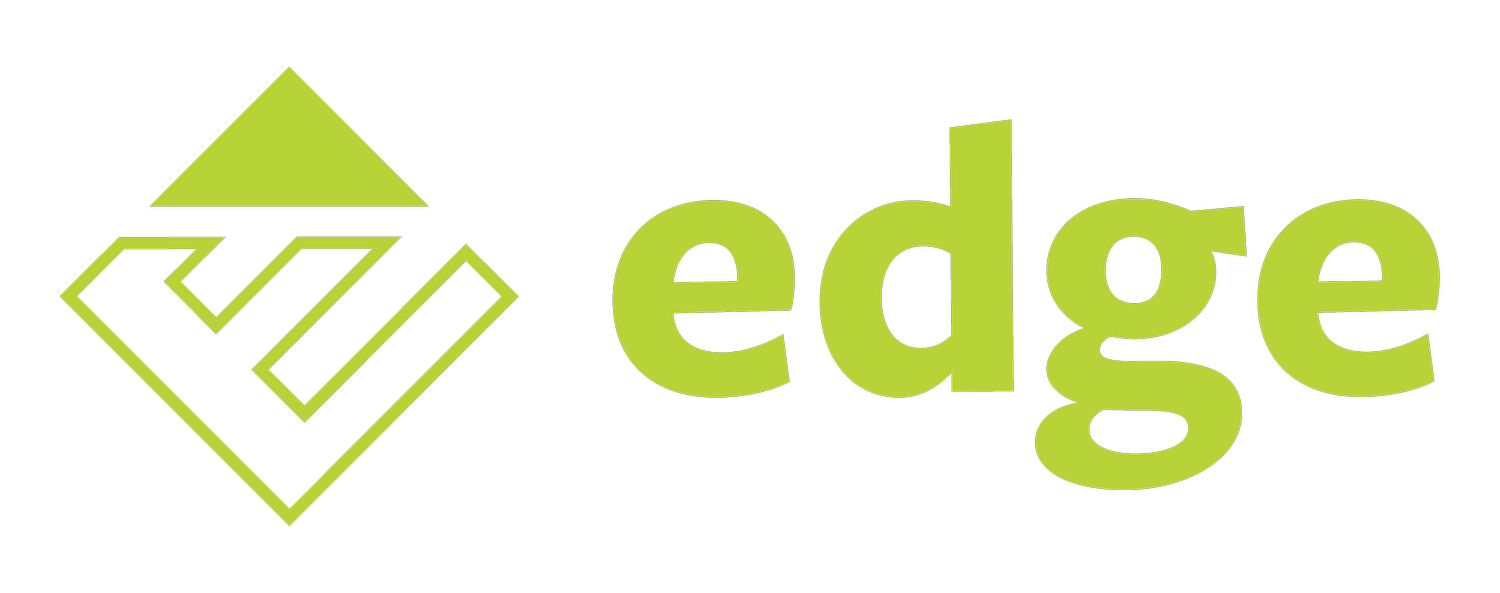Our use of technology and the role it plays in our lives is increasing, both in and out of the workplace, with it even reaching levels of addiction in some instances, case in point where the World Health Organisations now includes a classification of ‘Gaming Disorder’ in their new International Classification of Disease (ICD-11).
This raises an important question about how effectively we use technology and how that technology benefits us in return, especially within the workplace where most often the technology is provided to us, rather than being chosen by us. The Health Secretary Matt Hancock is a big advocate of digital technology and has already expressed a strong desire to unlock its full potential in the NHS, after describing it as the “worlds most frustrating place to work for its IT” at the Health and Care Innovation Expo in Manchester.
Here in the Clinical Informatics Research Unit, our Knowledge Officers spend a lot of time working with hospitals and research organisations to ensure that the systems they use provide them with maximum benefit, helping them to understand the full range of functions available. This includes how they can utilize it in different ways in order to streamline processes and improve operational efficiencies, or in layman’s terms just making it more useful and helpful.
Every organization uses the system differently, and subsequently every organisation will experience different benefits. This is not to say that the system is different between organisations, it is after all the same system, instead it is down to the heterogeneity of each organisation, notably which other systems are already being used, and how, in this case, EDGE has been implemented.
Part of what we do as a team, and as a community is to share best practice and we see this in so many different areas, most recently with primary care and pharmacy groups being created, and this cooperative working is not limited to the NHS. Colleagues using EDGE from Canada are just as willing to share their work and are just as receptive to the innovations from the UK because, lets face it, we are all trying to provide the best environment and best infrastructure to provide opportunities for patients to take part in research.
Something that I have noticed on my travels is that there are sometimes functions in EDGE that people didn’t realise were there, or maybe didn’t see how they could really benefit them. This is where I intend to offer out some advice on different aspects of how the system can be used over the next few months, to ensure that people can make the most of the system and ultimately to make sure that the technology is effective, is benefiting peoples work and ultimately reduces the view that the NHS, or other healthcare providers are ‘frustrating places to work for its IT’.
In this first instalment, I bring some work from Gaurika Kapoor, Operations Manager at Alder Hey Clinical Research Facility, in which she has created an Entity on EDGE for the purposes of collecting data for their NIHR CRF Annual Reports. This is going to be used to standardise their approach to capturing the information and providing a central place for reporting.
This has now been published into the Global Library, for all EDGE Admins to download if they so wish and can be found on EDGE by going to LIBRARY > ENTITIES > ADD GLOBAL ENTITY > click ‘CRF’.
Once you click on it a copy will be downloaded into your library, allowing you to add, edit or delete sections in order to use it for your own data collection requirements. *And just to clarify, changing your version of it will not affect anyone else’s copy.
There are many other Entities available in this library which have been shared by organisations who believe they would be useful to others, so go and check it out and see if anything you like. On a side note, over time this library has become quite busy, so I will add a ‘to do’ to my list and see if we can clean this up a bit.
Thanks for reading and keep watching out for the next series, where I will go into more depth around other functions that you could use in EDGE.







